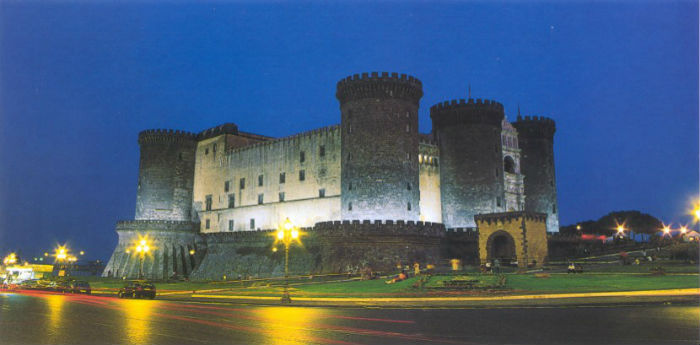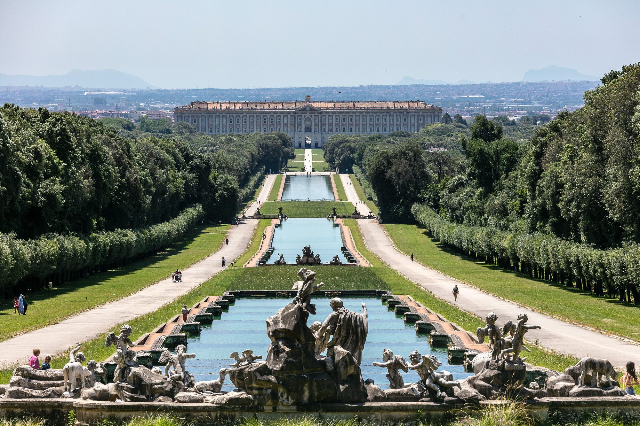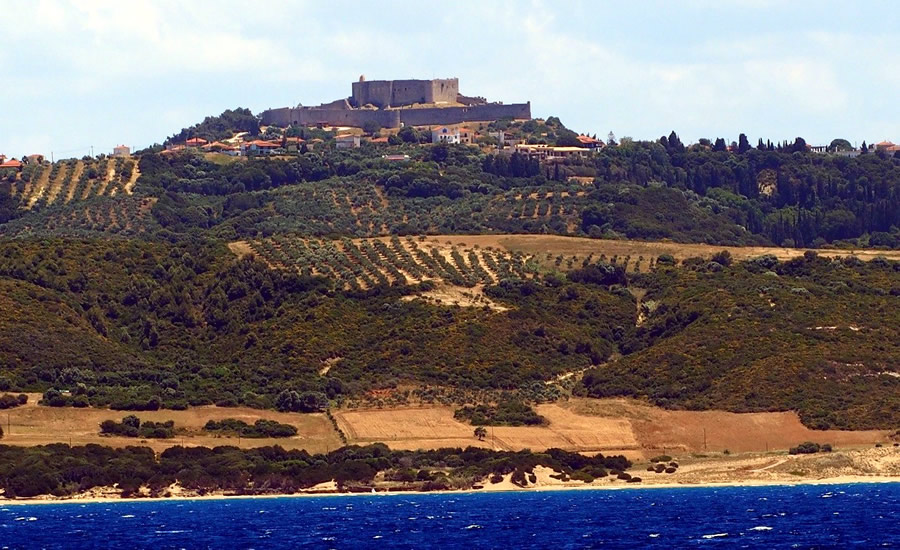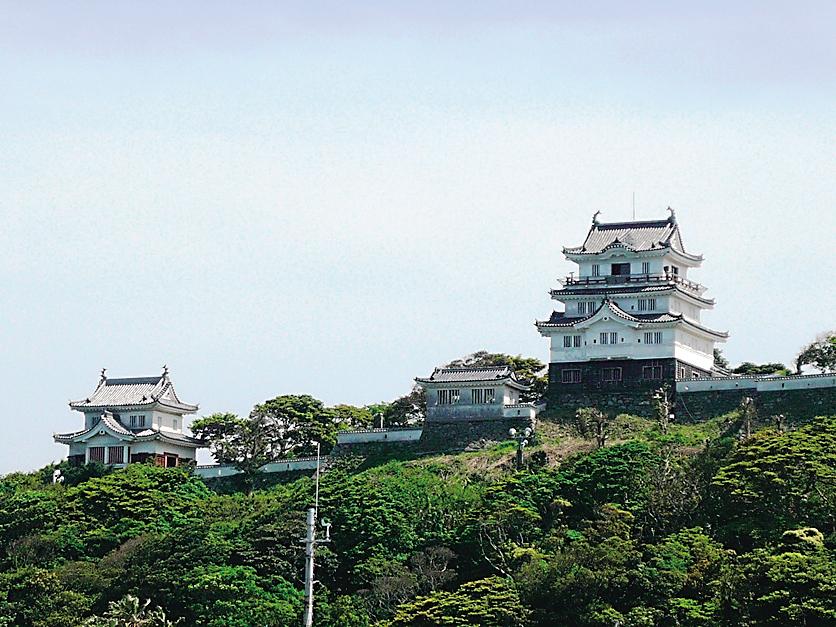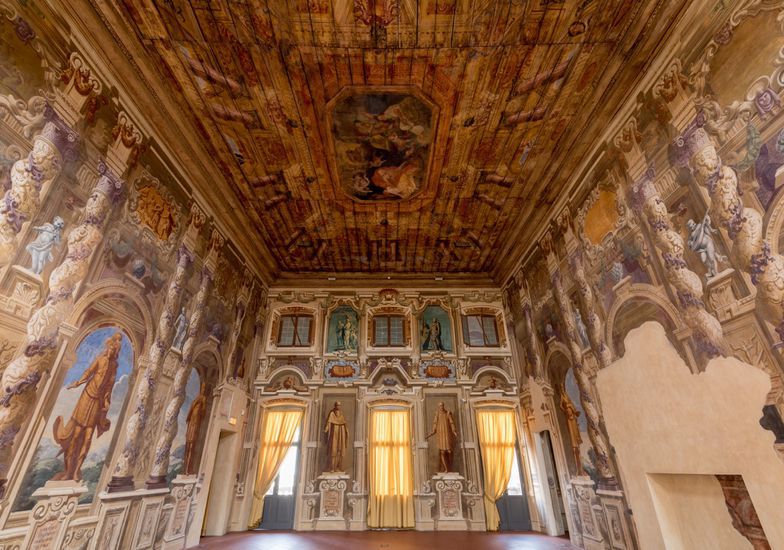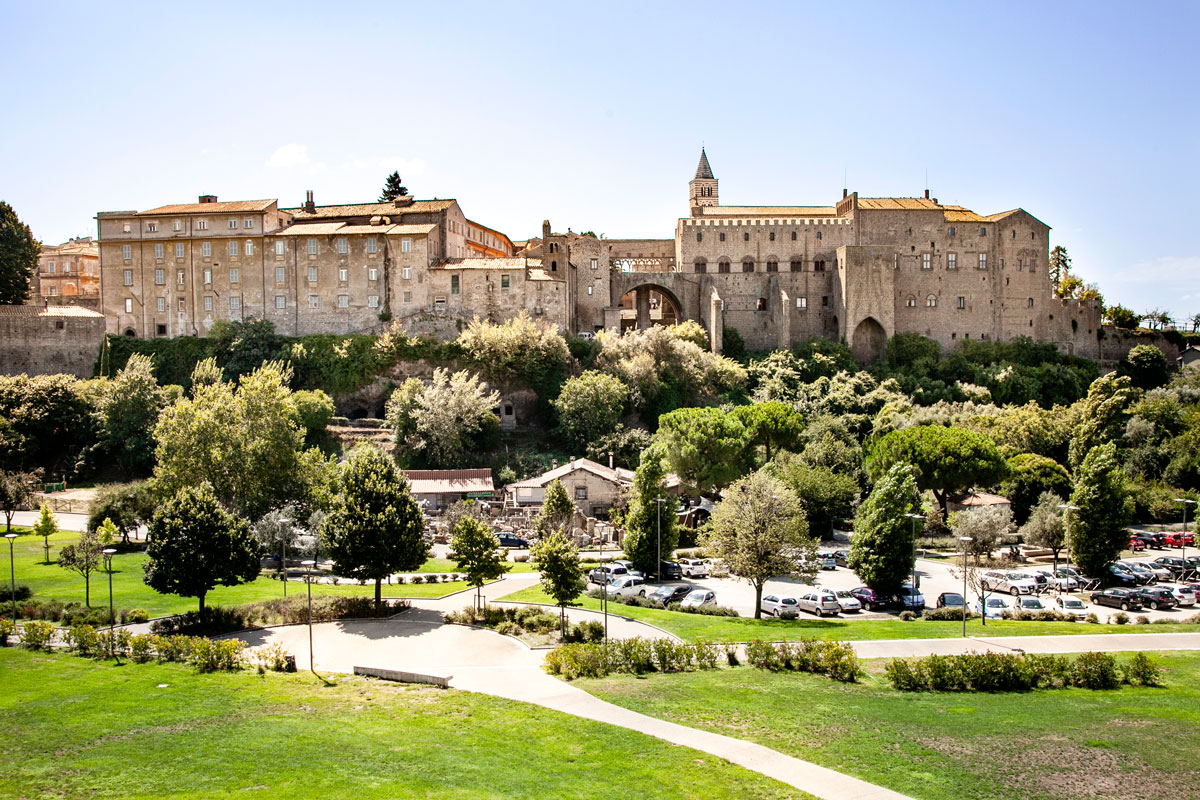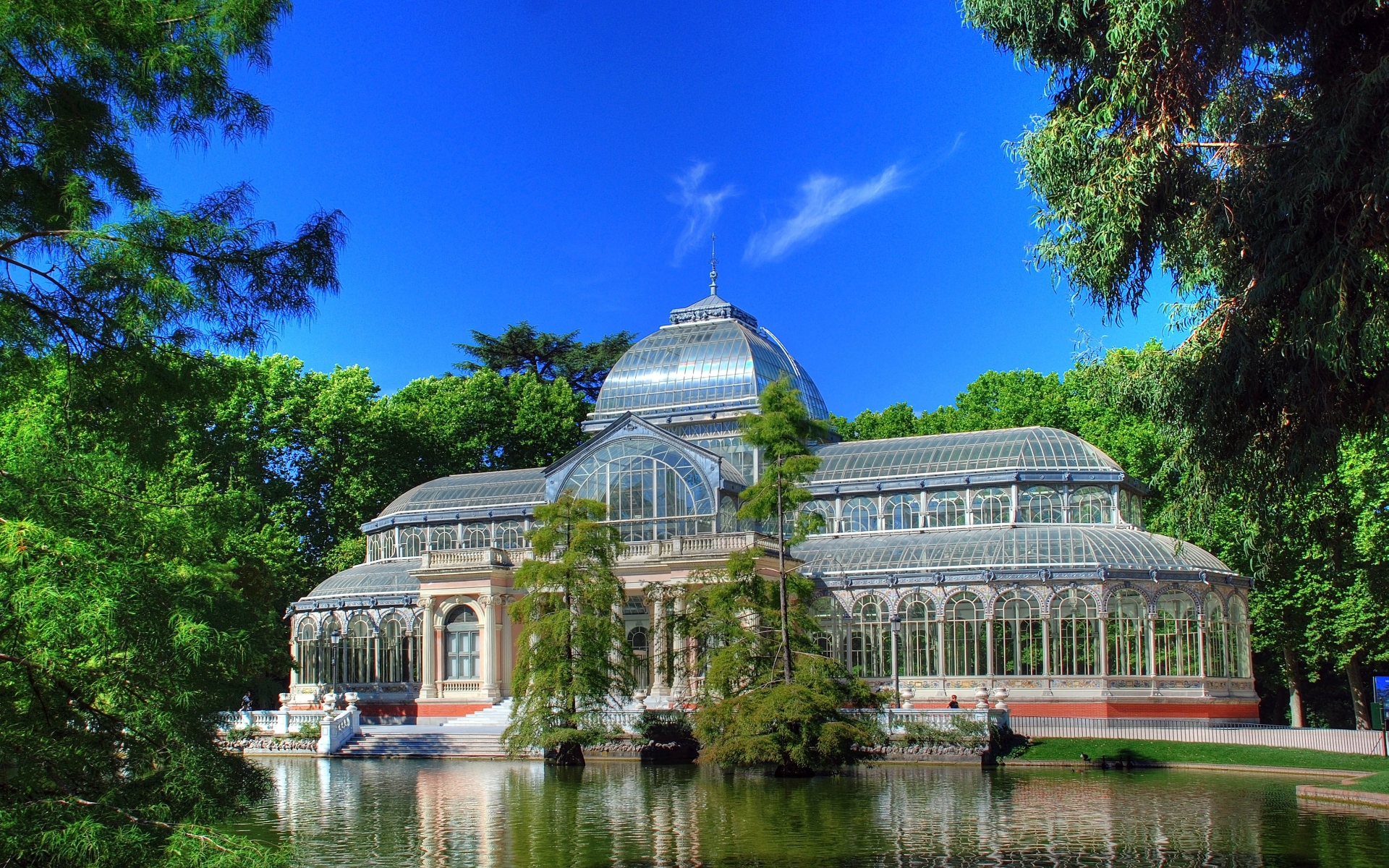Also known as Maschio Angioino, named after its first founders.
The castle was built in the late 13th century by Charles I of Anjou; it was almost completely rebuilt by Alfonso I of Aragon in the 15th century, after the destruction it suffered during the many wars for domination of the Kingdom. After the numerous additions and transformations that took place especially in the 18th century, the building was restored to the appearance it presumably had in the Renaissance by a restoration in the early decades of the 20th century.
The castle was a royal residence several times, hosted important personalities, and was often the scene of unrest and important events. In 1442 Alfonso of Aragon radically transformed it, adding a bastioned wall that housed Italy’s first artillery.
Trapezoidal in plan, Castel Nuovo is surrounded by a moat, and has five mighty crenellated towers. On the west side, between the Torre di Guardia and the Torre di Mezzo, is the famous Triumphal Arch, a magnificent work modeled after ancient Roman monumental arches, to celebrate Alfonso I’s entry into Naples in 1443.
Inside, the 14th-century Palatine Chapel is the only part dating from the early Angevin period-although it was partially transformed after the 1456 earthquake. Notable is the very elegant Renaissance marble portal, with reliefs of the Nativity, Madonna and Angels and surmounted by a beautiful rose window, the work of Catalan artists – made to replace the Angevin one.
